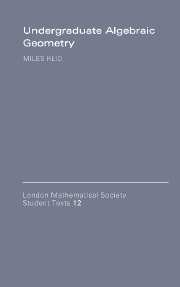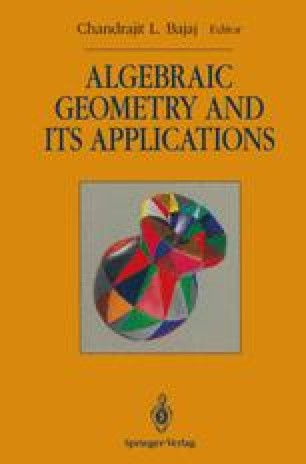
Higher direct images of coherent sheaves.Įxercises. Stacks project:Ĭech cohomology of quasi-coherent sheaves, Sheaves, cohomology of projective space, higher direct images. Grothendieck vanishing, Cech cohomology of quasi-coherent Serre duality and Riemann-Roch for curves over a field. The first take-home assignment is due on November 6 The second take-home assignment is due on December 11Īssignment 1. Please be present 20 minutes in advance of your exam. If you want to change your time slot, please find a student willing to At the oral exam, the take-home assignments (and the material related to these assignments) will be discussed,Īnd definitions, (counter)examples and basic constructions may be asked for. The take-home assignments will be given a preliminary grade, the final grade for the course will only be determined at the oral exam. There will be two take-home assignments (one in October, and one in December), and a final oral exam on We will also regularly refer to sections of the online Atiyah and MacDonald, Introduction to Commutative Algebra. Sections I.1-I.6 (varieties) and II.1 (sheaves) of Hartshorne's book Algebraic Geometry. Prerequisites for Advanced Algebraic Geometry areīasic algebra, the language of modules and categoriesĪnd basic algebraic geometry corresponding roughly to To be familiar (and comfortable) with algebraic geometry at the level of the mastermathĪlgebraic Geometry course. Chapter III of Hartshorne's Algebraic Geometry is dedicated to the cohomology of coherent sheaves on (noetherian) schemes.See also the mastermath page for this course. (For example, they allow their rings to be non-commutative.) The last chapters of Lang's Algebra also cover some homological algebra. The first few chapters of Cartan and Eilenberg's Homological Algebra give a good introduction to the general theory but is strictly more than what is needed for the purposes of algebraic geometry. For this, some background in homological algebra is required unfortunately, homological algebra is not quite within the scope of commutative algebra so even Eisenbud treats it very briefly. Perhaps the most important piece of technology in modern algebraic geometry is sheaf cohomology. Also worth mentioning is Eisenbud and Harris's Geometry of Schemes, which is a very readable text about the geometric intuition behind the definitions of scheme theory. Volume II of Shafarevich's Basic Algebraic Geometry also discusses some scheme theory. The theory of affine schemes is already very rich – hence the 800 pages in Eisenbud's Commutative Algebra! For general scheme theory, the standard reference is Chapter II of Hartshorne's Algebraic Geometry, but Vakil's online notes are probably much more readable. A scheme is a space which is locally isomorphic to an affine scheme, and an affine scheme is essentially the same thing as a commutative ring. Modern algebraic geometry begins with the study of schemes, and there it is important to have a thorough understanding of localisation, local rings, and modules over them.

Reid's Undergraduate Algebraic Geometry, Chapter I of Hartshorne's Algebraic Geometry and Volume I of Shafarevich's Basic Algebraic Geometry all cover material of this kind. Classical algebraic geometry, in the sense of the study of quasi-projective (irreducible) varieties over an algebraically closed field, can be studied without too much background in commutative algebra (especially if you are willing to ignore dimension theory).

That said, it is not necessary to learn all of Eisenbud's Commutative Algebra before starting algebraic geometry.

(The structure sheaf $\mathscr_X$ in the topos.) If you are willing to restrict yourself to smooth complex varieties then it is possible to use mainly complex-analytic methods, but otherwise there has to be some input from commutative algebra. Indeed, in a very precise sense, a scheme can be thought of as a generalised local ring. The trouble with algebraic geometry is that it is, in its modern form, essentially just generalised commutative algebra. Reid's Undergraduate Algebraic Geometry requires very very little commutative algebra if I remember correctly, what it assumes is so basic that it is more or less what Eisenbud assumes in his Commutative Algebra!


 0 kommentar(er)
0 kommentar(er)
